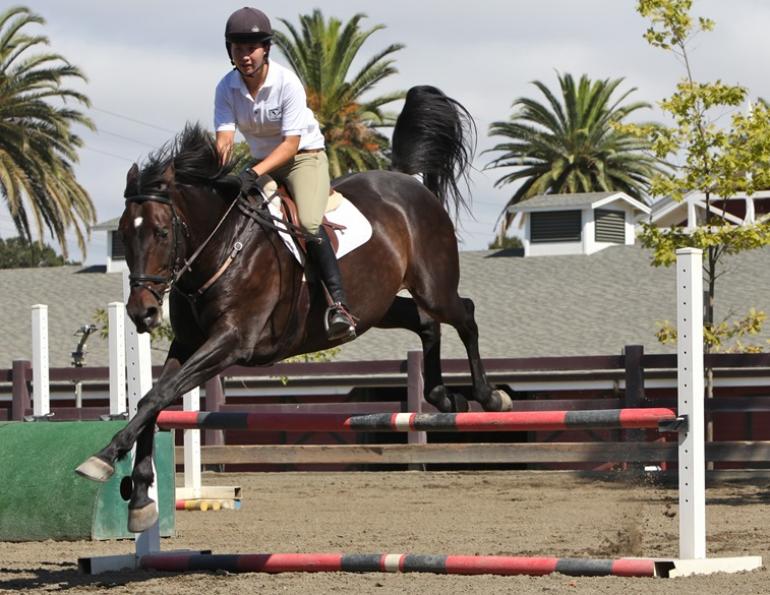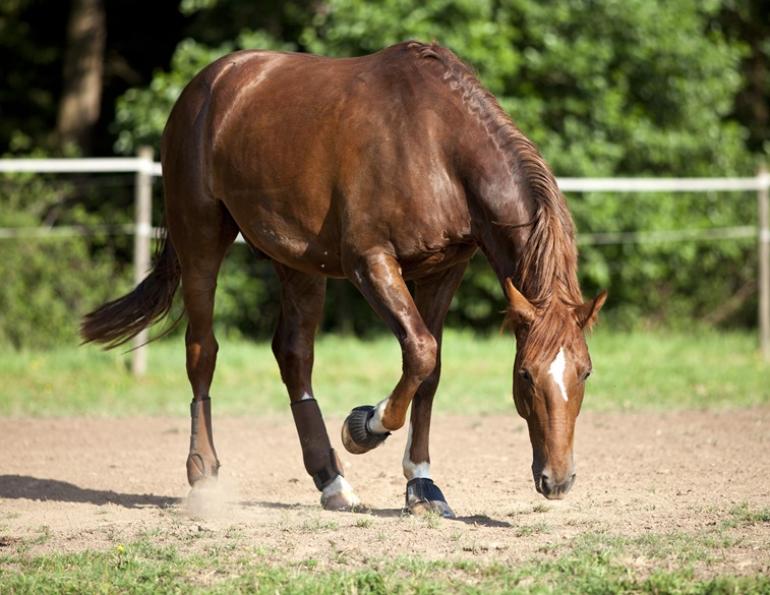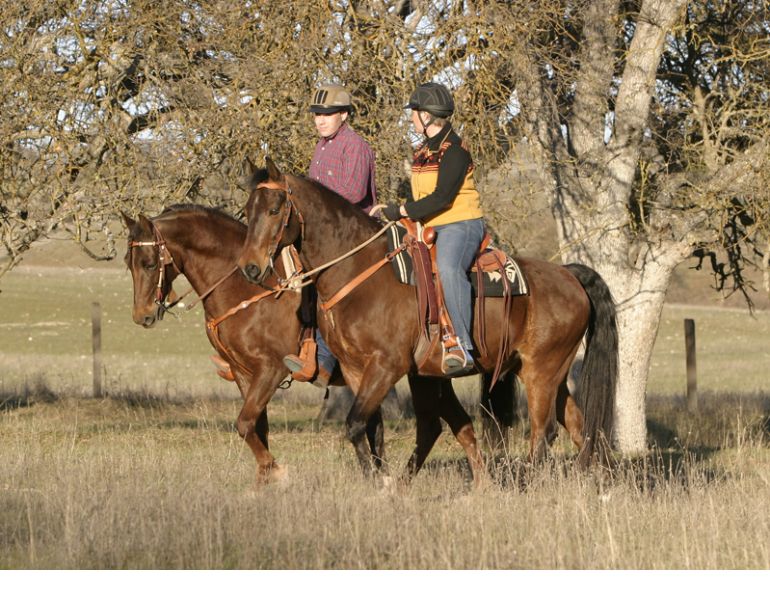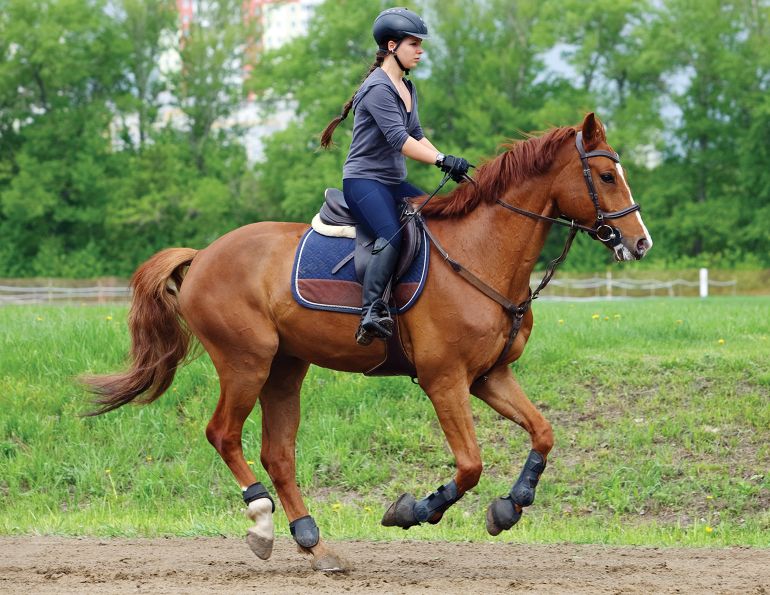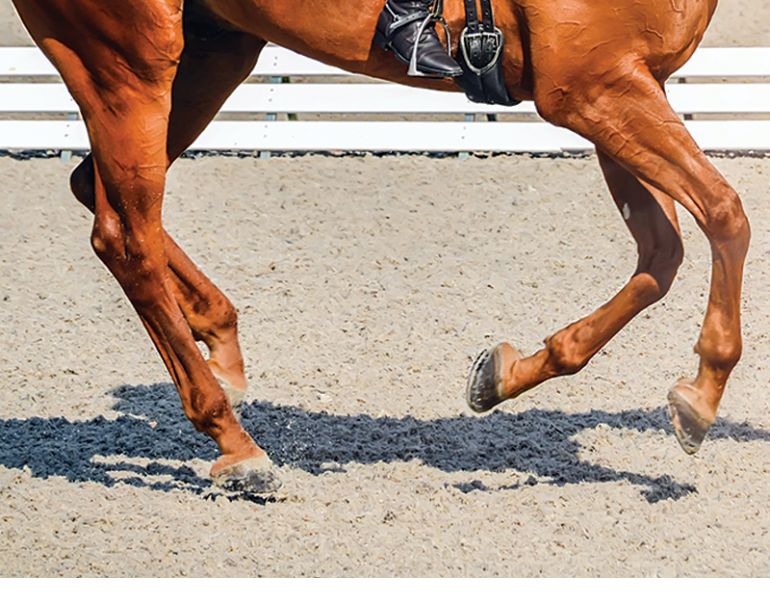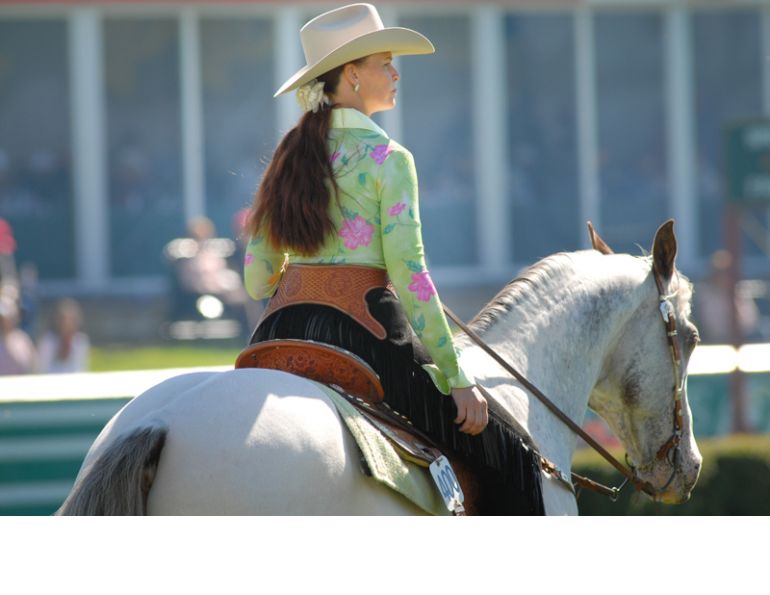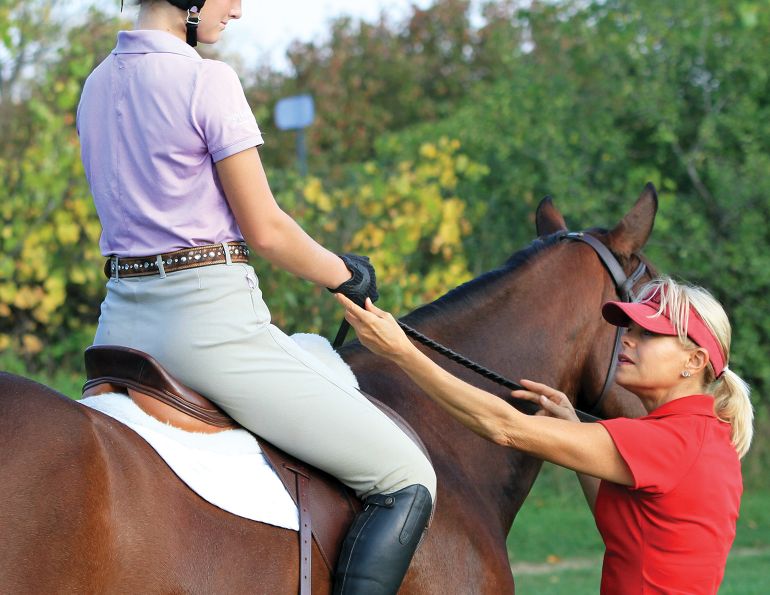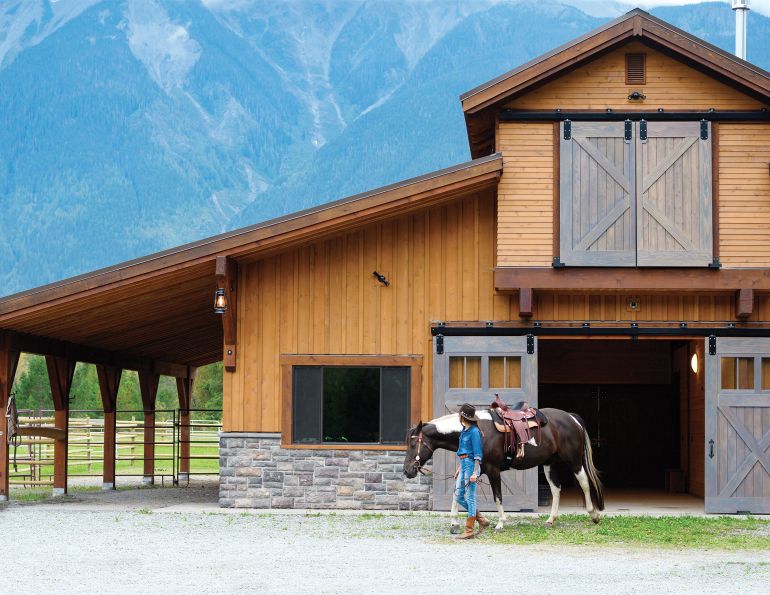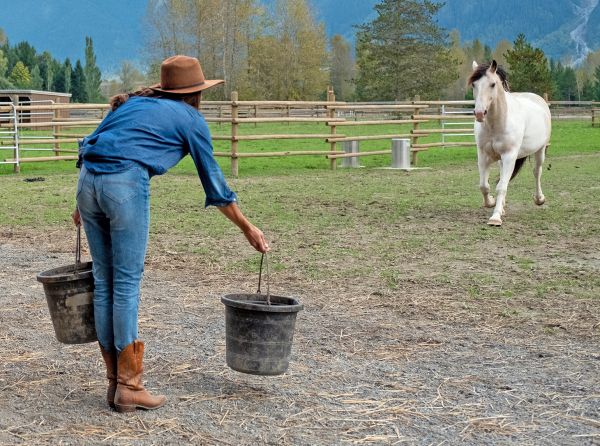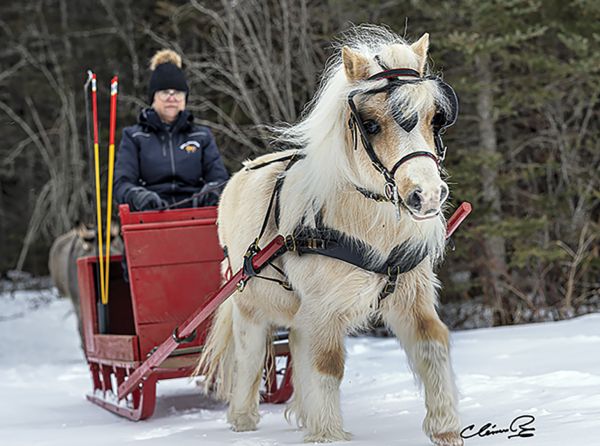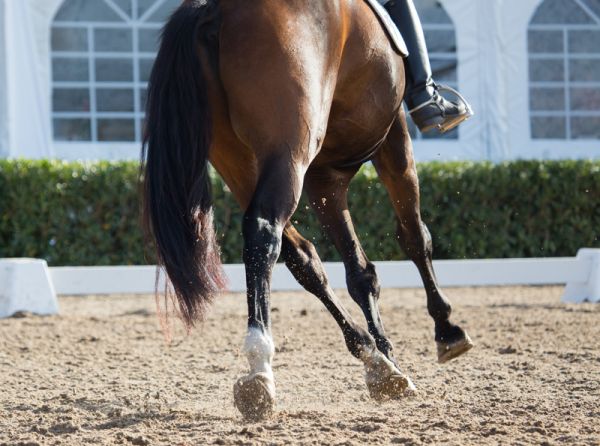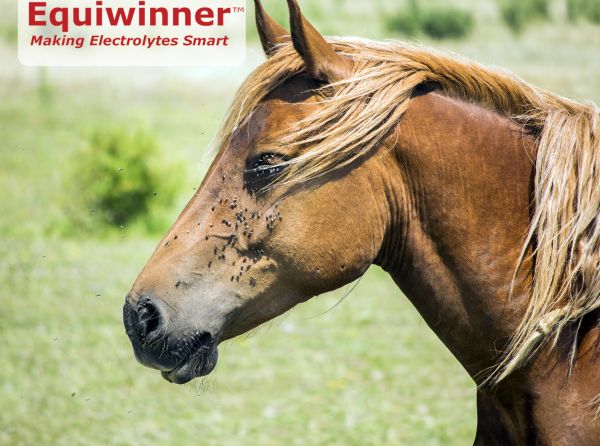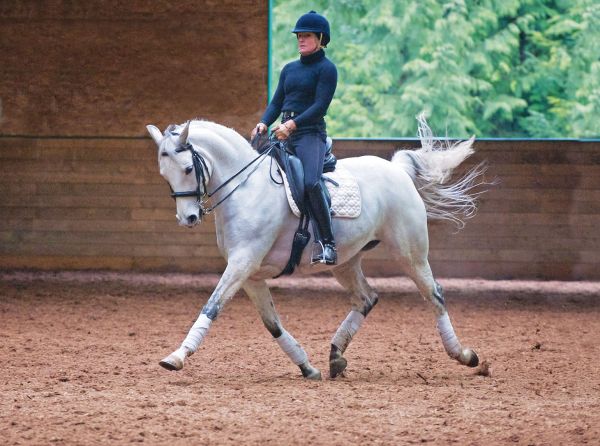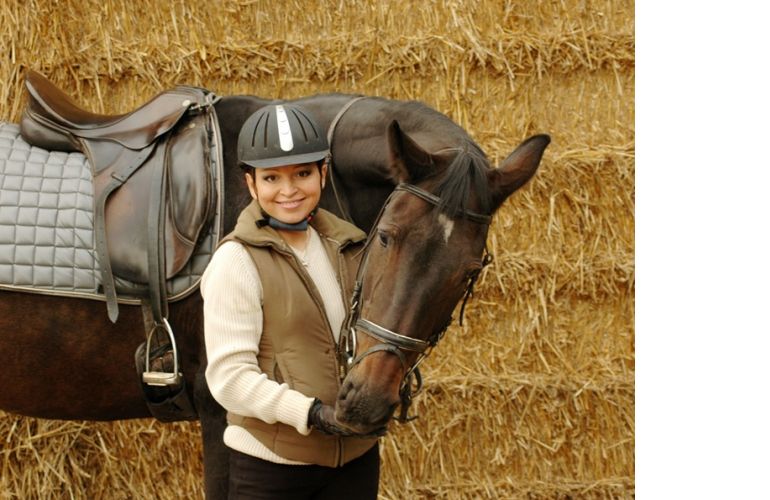With Georgia Hunt
Q: My horse always rushes the jumps. How can I slow him down and keep a more consistent rhythm in the approach to the jump?
A: First, I recommend having a certified coach present to be your eyes on the ground and offer their expertise.
It’s easy to get excited or nervous about jumping and turn your energy level up a notch without even being aware of it. To counteract this, give yourself a list of jobs to focus on, such as:
- Lowering your intensity by concentrating on your breathing and counting the rhythm out loud, “one, two, one, two.” Think of your count as a metronome; your pace needs to fall into this even rhythm.
- Being aware of your body position, and the increments in which you apply your aids. Concentrate on keeping your head up and eyes ahead at a focal point, a tall upper body with your shoulders back, a soft following arm, and a long supporting leg with a deep heel.
This correct, effective position will assure that you are not encouraging your horse to speed up at the jump by:
- Throwing your body forward and collapsing before or over the jump;
- Tensely grabbing, changing, or holding too much contact on your approach; or
- Clenching with your leg, kicking accidentally, or abandoning your leg all together.
You might want to consider removing any artificial aids (i.e. spurs, crop) to make sure you aren’t using them involuntarily or incorrectly.
Once you have worked on yourself and gained some awareness of your own tendencies, here are some exercises I use to help the horse that rushes to the jumps.
On the Flat
1. In your flatwork, set a single ground pole and ride various downward transitions and the occasional smooth rein-back in front of the pole. This is a “zoning exercise,” and allows both horse and rider the chance to practice a rhythmical approach to a jump by giving the horse a job (the transition) to distract him from wanting to speed up to get to the other side. Repeat as often as necessary to gain respect, rideability, and focus before and after the obstacle. Keep your aids smooth and your intensity low to develop trust, timing, and relaxation.
2. Build on the first exercise by setting a line of poles and riding downward transitions in between them.
3. Practice cantering over the line of poles, varying the number of strides in between the poles by adjusting the length of your stride.
When you are sufficiently warmed up, and your horse feels relaxed enough to try a jump, try these exercises.
Over Fences
1. Start with a single trot pole, or three trot poles (4.5 feet apart), set approximately eight or nine feet (depending on the length of your horse’s step) from the base of a cross-rail. The trot pole(s) will help regulate the pace and assist you and your horse in reaching the ideal take-off distance.
2. When your work over the first cross-rail becomes consistently good, add a second jump several strides away. Start by trotting in and out, proceeding to trotting in and cantering out. Practise adding a stride down the line before you canter it on stride, and use downward transitions or circles in between the jumps to re-establish a quiet rhythm as needed.
3. Grid work is a useful tool that helps horse and rider learn balance and rhythm. Because the distances are set, you are really able to focus on your position and delivery to the jumps.
Take the time each day to get your horse comfortable with his job. Jumping many small jumps will help lower his anxiety and build his confidence. If you take the time to instill this trust early on, raising the jumps later on should not create much more excitement.
It’s also important to make sure your horse gets exercised sufficiently on the days leading up to your jumping lessons. Excitable or nervous horses benefit immensely from routine, and gather far too much anxiety and energy that needs to be expelled after having multiple days off.
Related: How to Walk a Jump Course
Georgia Hunt is a certified EC licensed High Performance Coach. She is the owner and head trainer at Foxstone Stable, a premier hunter jumper facility on Vancouver Island, BC.
Main Photo: Steve Jurvetson/Flickr - If your horse rushes the jumps, he may be overly excited or anxious. Help him relax by lowering your own intensity.



